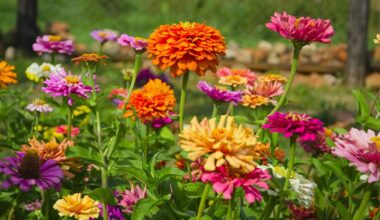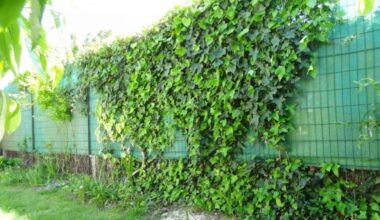The kale, Brassica oleracea, also known as kale is unprimed cabbage. Its leaves, decorative as well as edible, are very cut and curly. They do not fear harsh winters.
It is moreover after having undergone the first frosts that they take all their gustatory qualities.
Contents
Planting of kale plant
Soil
Kale appreciate a deeply loosened, consistent (rich in clay), very fertile soil that remains cool in summer. They fear acidic soils with a pH below 6.5. To help fruit formation (cauliflower and broccoli), amend the soil with potassium-rich chimney ash.
When to plant kale
Depending on the variety, the planting of cabbage purchased in buckets is done from early spring to early fall.
How to plant kale outdoors in 6 steps
1 – Carefully prepare the site. The soil must be thoroughly loosened and generously enriched, if possible the previous autumn, with well-decomposed manure.
2 – Soak the buckets in order to rehydrate the root ball. If the plants are bare-rooted, praline them with liquid mud.
3 – Dig a hole in the loose soil and wet it with a watering can before planting.
4 – Install the plants by burying them until the first leaves. “Bound” the plants by pushing the planter a few inches and pressing the soil against the stem and roots.
5 – Respect a living space of 15 to 35 inches depending on the later development of the cabbage.
6 – Finish with a copious watering. The long growing season of most cabbages makes it possible to grow summer flowers, ephemeral herbs (coriander, basil) or other fast-growing vegetables such as radishes or salads in open spaces.
Choice of location
A kale can grow to a respectable size; a space of 15 inches square should be left around each seed. Avoid planting near beans, strawberries or tomatoes. Kale thrives in soil with a pH between 5.5 and 6.8, in full sun if grown in the fall, or partially shaded if planted in the spring.
The soil should preferably be moist but not soggy; take care to plant your kale in a well-drained area, otherwise it may rot.
Some people prefer to germinate the seeds in pots indoors before transplanting them into their vegetable garden. Whether you plant your seedlings in pots or outdoors, the important thing is to space the plants sufficiently apart.
Kale plant maintenance
Kale likes moist soil, but don’t succumb to the temptation to over-water the plants. Let the top layer of soil dry between waterings. If the plants become too tightly packed, you may need to thin them out.
Fertilize the plants every 6 to 8 weeks to give them all the nutrients they need to stay vigorous and produce sweet, tender leaves. Remove any discoloured or rotten leaves to avoid infecting the rest of the plant.
As soon as the plants have at least 3 to 4 leaves, transplant directly into place while protecting your crop if this operation must be done before May.
- Transplanting is done every 20 inches.
- This space is necessary to give the plants room to develop.
- Transplant in a well tilled soil.
Outdoor Kale Harvesting
The cabbage harvest is about 4 to 9 months after sowing, depending on the variety.
The leaves of the kale are harvested as needed throughout the winter. Harvest them after the first frosts, they gain in flavour.
Head cabbages can be stored on the vine. In cold regions, it is possible to gauge the winter varieties.
As for broccoli cabbage, harvesting can start when the stems supporting the inflorescences reach 6 inches and before the flowers bloom.
Begin by harvesting the terminal bunch and then continue with the side bunches.
Kale plant diseases
The main enemy of cabbage in general remains mildew. Moisture is the main cause of mildew development.
- Avoid watering the foliage
- Do not overtighten the plants to aerate the foliage as much as possible.
- Find our advice to fight against mildew
Summary
Cabbage certainly takes up space in the vegetable garden, but it also offers a lot. By choosing two or three varieties and by staggering the seedlings, you will be able to consume cabbage all year round.
Kale is also called winter cabbage; this is not insignificant. Very resistant to cold, it can withstand temperatures as low as 5°F. Another advantage is that it grows easily and is rarely attacked by slugs. Like broccoli, give it sun and moist, cool and deep soil.









